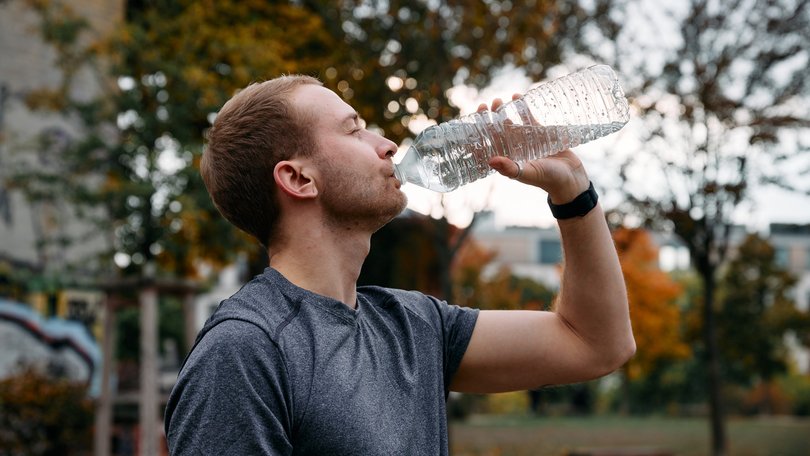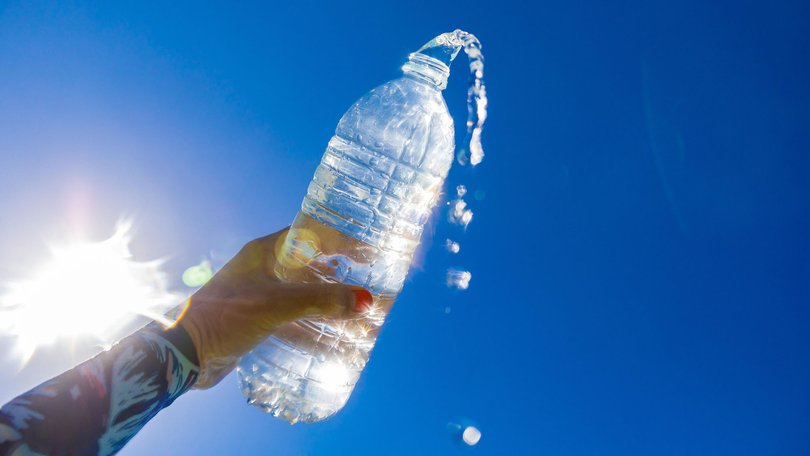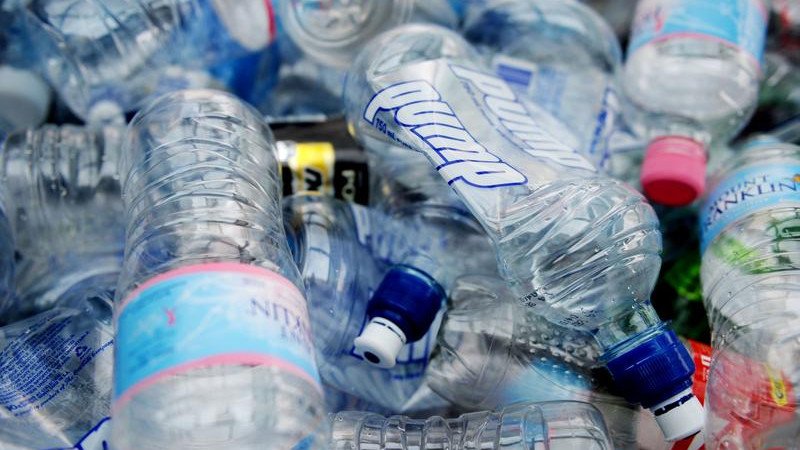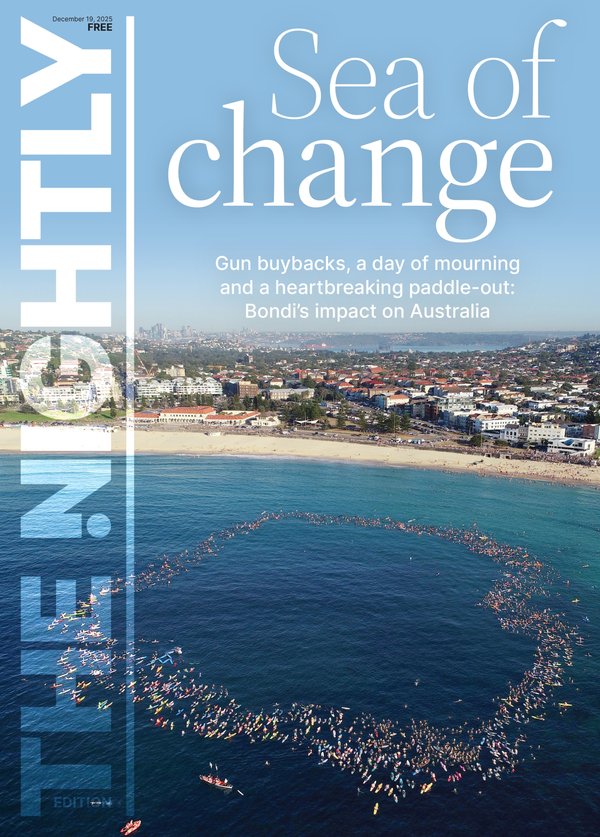WASHINGTON POST: Does drinking from a plastic water bottle really harm your health?

Microplastics — plastic particles smaller than 5 millimetres — are in our food, water, clothing, personal care products, cosmetics and environment.
And plastic water bottles.
Under certain circumstances, these bottles — particularly single-use ones, as they are not as durable — can release plastic particles, along with chemicals and metals, into the water, research shows.
Sign up to The Nightly's newsletters.
Get the first look at the digital newspaper, curated daily stories and breaking headlines delivered to your inbox.
By continuing you agree to our Terms and Privacy Policy.Single-use plastic bottles are made of a thin plastic known as polyethylene terephthalate, or PET. Despite how it appears to the naked eye, plastic is not a solid material but is akin to “an entangled web,” and the molecules trapped inside, including certain chemicals, diffuse their way out, which happens slowly over time, said Bill Carroll, an adjunct professor of chemistry at Indiana University.
Heat and ultraviolet light, however, might accelerate this leaching, as well as degrade the plastic and cause it to shed, experts said.
A 2023 study found that four common plastics, including polyethylene, that were weathered using a UV-light chamber and an incubator set to 98.6 degrees Fahrenheit, released microparticles and nanoparticles.
Control samples that were kept in a dark, 4-degree refrigerator, however, released few to no particles.

Additionally, once you start drinking, try not to leave the rest of the liquid in a warm environment, “as the heat could contribute to the growth of pathogens,” she cautioned.
Microplastics, and particularly nanoplastics, which are smaller than one micrometre, can penetrate biological tissues in the liver, kidney, colon, placenta, lung, brain and heart, and enter blood cells and even breastmilk, said Nicole Deziel, an associate professor of environmental health sciences at the Yale School of Public Health.
Plastics can also contain chemicals such as phenols and phthalates that have been linked to health problems such as pregnancy issues and neurodevelopmental concerns, said Deziel, who is also the co-director of the Yale Centre for Perinatal, Pediatric and Environmental Epidemiology.
But the potential health consequences and individual risks are not well understood because the effects of microplastics and nanoplastics were not studied until recent years, and more research is needed, experts said.
The Food and Drug Administration regulates the safety of bottled water and packaging.
And the International Bottled Water Association contends that “conclusions that drinking water is a major route for oral intake of micro- and nanoplastics are not justified based on the current science available.
In addition, there are no certified testing methods and no scientific consensus on the potential health impacts of micro-and nanoplastics.”
While potential risks warrant taking precautions such as switching to plastic alternatives, that should not stop people from drinking water from single-use plastic bottles from a hot car when necessary, some experts said.
“The dangers of dehydration are far worse than the dangers of being exposed to the microplastics,” said Christopher Hine, an associate on staff in the Department of Cardiovascular and Metabolic Sciences at Cleveland Clinic.
What else you should know
You can limit your exposure to microplastics and nanoplastics with these tips from experts:
Use glass or stainless-steel bottles. Even reusable BPA-free plastic bottles, which are made of harder plastics that are typically more stable and designed for repeated use, still carry the same fundamental issues as other plastics, Deziel said. She and other experts recommend using bottles made of more inert materials such as glass and stainless steel.
Store plastic water bottles away from heat and UV light. When you need to keep plastic water bottles in the car for use during sporting events or workouts, road trips or emergency preparedness, store them in a cooler when possible.
Also, because UV light can induce degradation, shield them from sunlight, said Matthew MacLeod, a professor of environmental science at Stockholm University in Sweden. If you don’t have a cooler, toss a blanket over them or put them under the seat or in the trunk.
Regularly swap out single-use plastic water bottles that are kept in the car to reduce potential exposures.

Follow expiration dates on packaging, even for shelf-stable foods such as spices in plastic jars. Oftentimes, the expiration date is not for the food item but for the packaging, which, over time, may start to shed microplastics and leach chemicals into the product, Hine said.
The bottom line: It is best to avoid drinking water from single-use plastic bottles that have been in a hot car. But available research in healthy individuals indicates that it is not likely to cause significant harm with rare exposures, experts said.
(c) 2025 , The Washington Post
